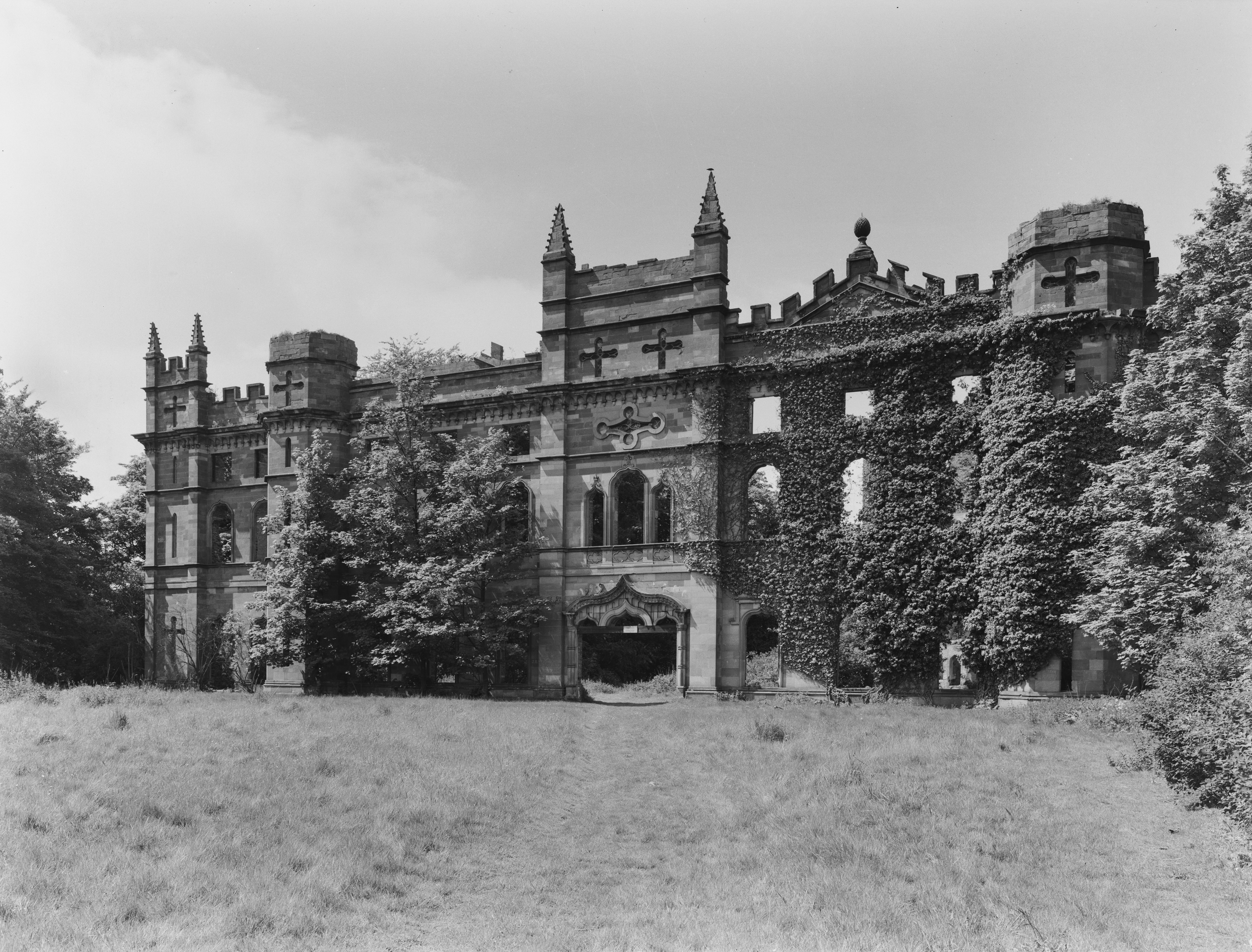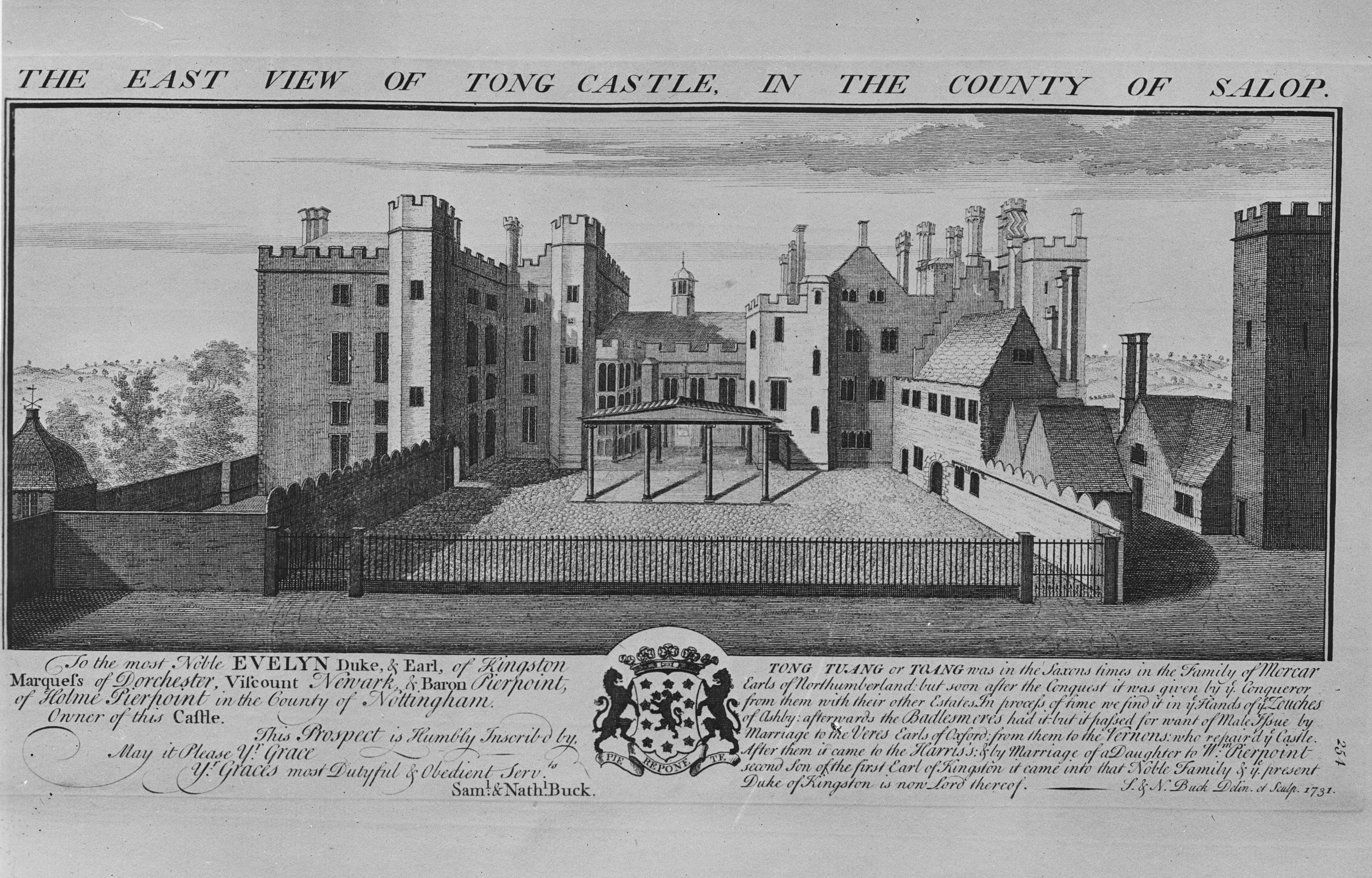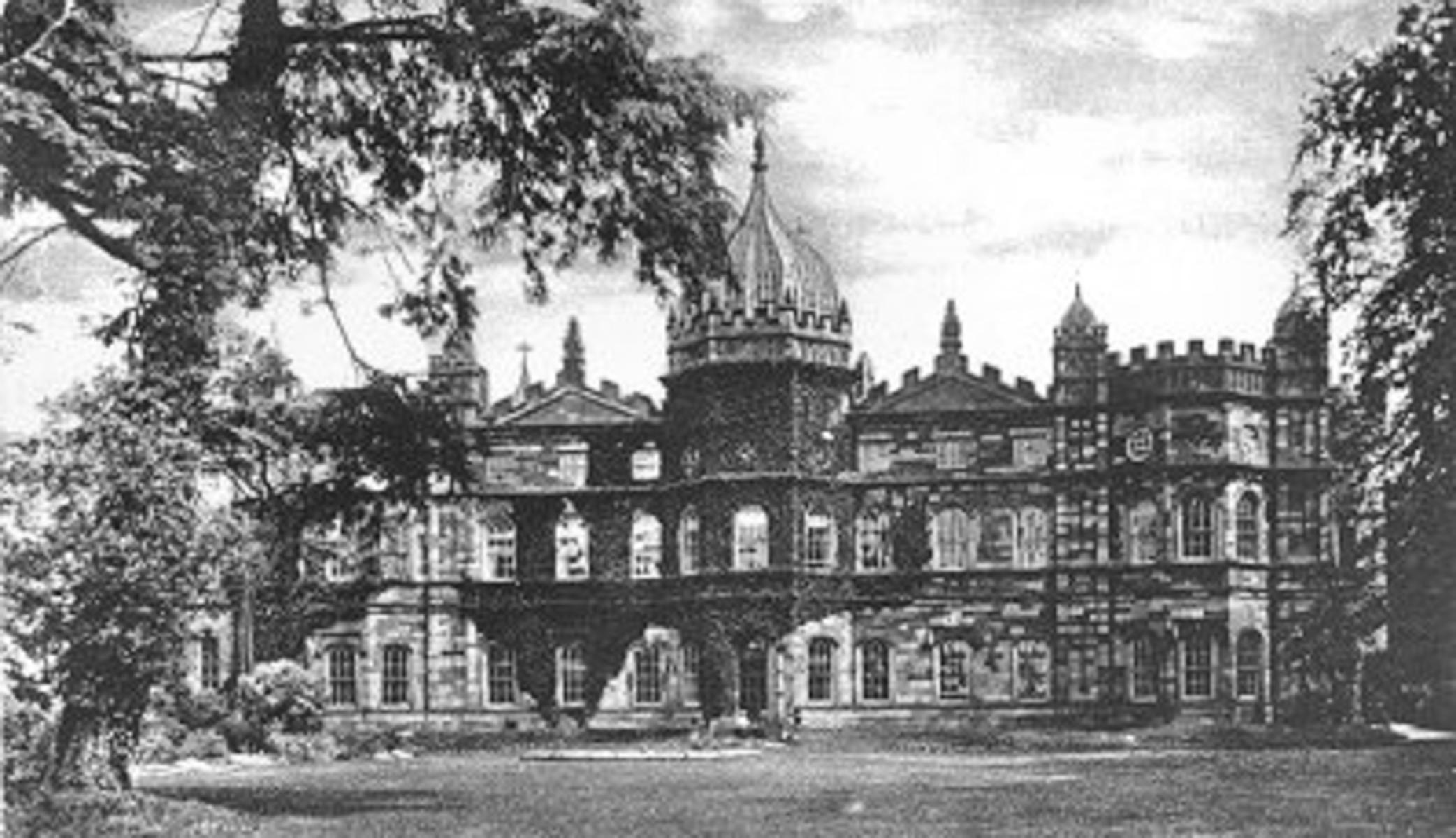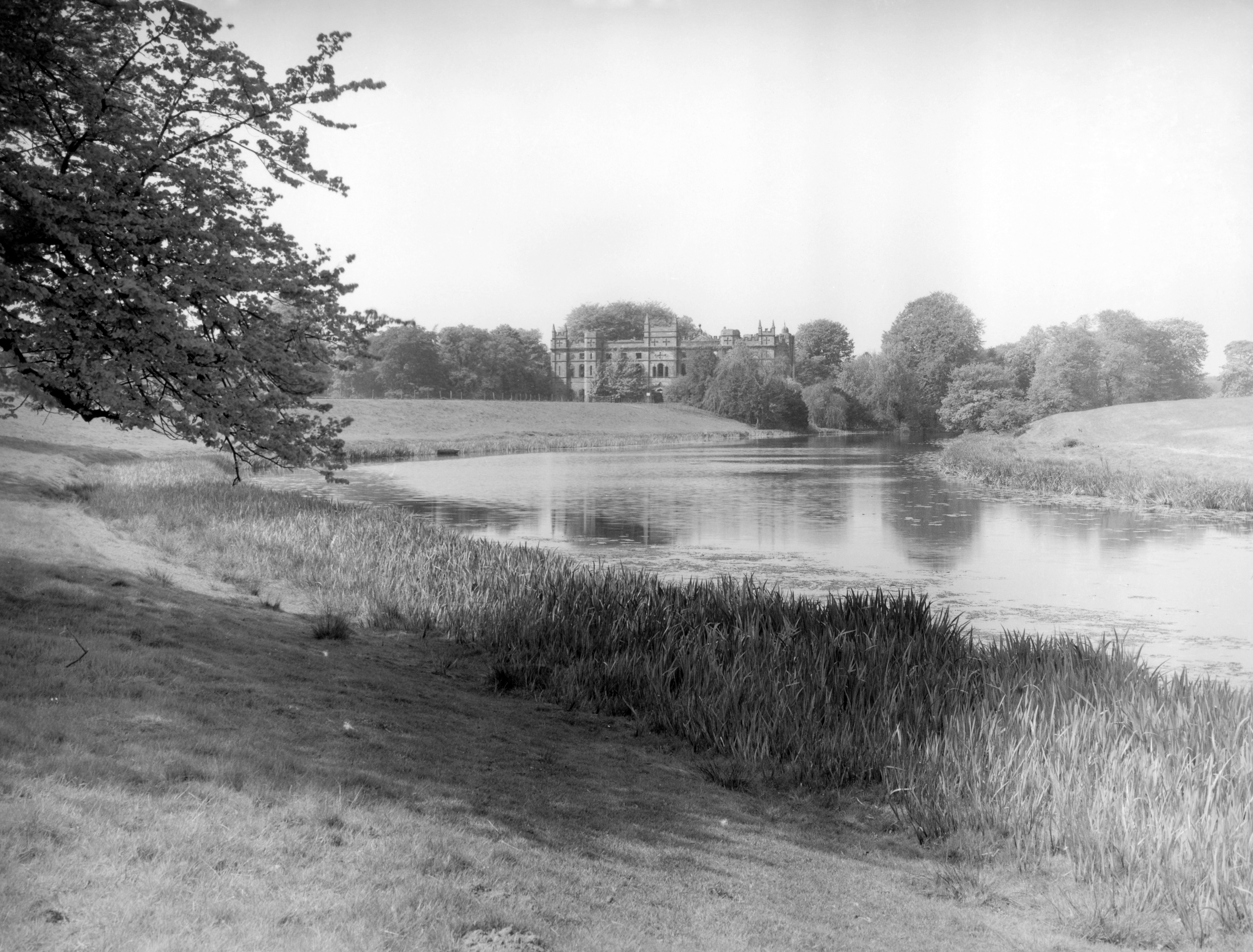Only a handful of Britain's great houses were photographed by Country Life in a ruinous state. This once splendid Gothic castle is one of them
This is the tragic tale of Tong Castle, a once great Georgian-Gothic castle that was eventually consumed by Nature.


Tong Castlewas advertised for sale in the pages of Country Life on March 8, 1913. The pictures show a fantastical-looking Gothic structure set within the ubiquitous landscaping of one Capability Brown.

The early Tudor brick castle of Tong built by Sir Harry Vernon as seen in this 1731 engraving. It was replaced in about 1765 with a Georgian-Gothic mansion.
Knowing Britain could be on the cusp of war, the Earl of Bradford had previously offered the pile to the War Office for the internment of prisoners-of-war, but his generosity was declined on the grounds of the lack of modern sanitary arrangements. Subsequently unable to sell the distinctly old-fashioned construction, and finding himself with too many houses, the decision was taken by the Earl to remove the copper and lead from the roof, sell the contents and leave Nature to take its course. Apparently, the grounds were kept in fair condition until late in the War, when the newly-formed Air Ministry decided it was sanitary enough for them to requisition it... and the rest, as they say, is history.

The creeper-encrusted facade of Tony before it fell to ruin.

Capability Brown's landscape and the east side of the castle, photographed in 1946.
Unusually for Country Life, the ruins of Tong were photographed for an article by Christopher Hussey in 1946. By then, windows were missing, walls were leaning and cartouches were crumbling, but the curious creation of one George Durant was still beloved by Hussey even in its ruinous state. Of particular note was Durant’s humour. He excelled at epigraphy, and as he aged, his epitaphs became more facetious. A favourite was his Egyptian-style fowl house, emblazoned with encaustic bricks bearing phrases such as ‘Live and Let Live’, ‘Scratch Before You Peck’, and ‘Teach Your Granny’.
Sadly, neither whimsical humour, nor the admiration of Country Life’s architectural editor could save this romantic wreck. It was razed to the ground in 1954. Minimal walls and curiosities remain and they are now, somewhat ironically, listed by Historic England. They lie, however, divided by the terribly unromantic M54.
The Country Life Image Archive contains more than 150,000 images documenting British culture and heritage, from 1897 to the present day. An additional 50,000 assets from the historic archive are scheduled to be added this year — with completion expected in Summer 2025. To search and purchase images directly from the Image Archive, please register here.
Exquisite houses, the beauty of Nature, and how to get the most from your life, straight to your inbox.
Melanie is a freelance picture editor and writer, and the former Archive Manager at Country Life magazine. She has worked for national and international publications and publishers all her life, covering news, politics, sport, features and everything in between, making her a force to be reckoned with at pub quizzes. She lives and works in rural Ryedale, North Yorkshire, where she enjoys nothing better than tootling around God’s Own County on her bicycle, and possibly, maybe, visiting one or two of the area’s numerous fine cafes and hostelries en route.
